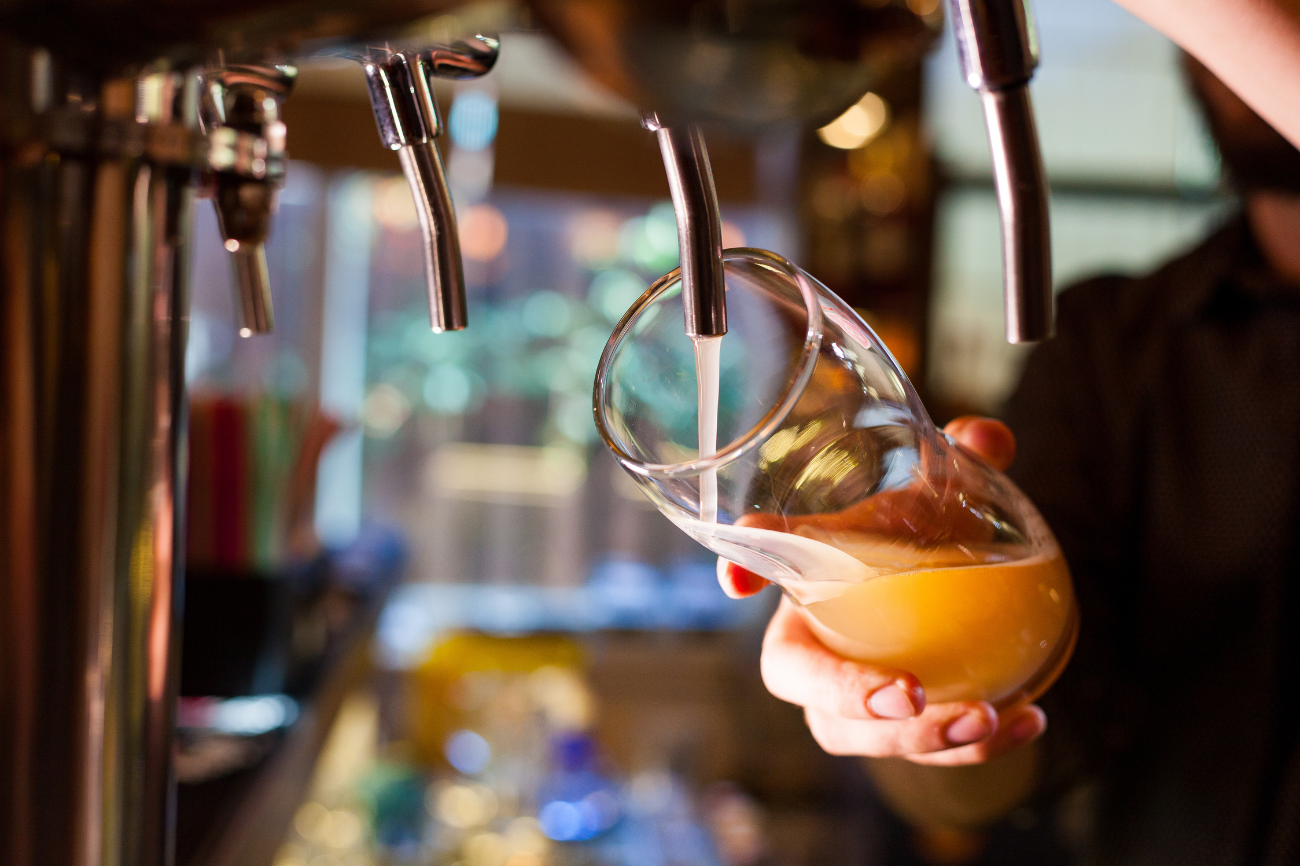
It’s a hot summer day. You walk into the local brewery and order a gueuze—a sour beer with a dry feel and cider aroma. Wouldn’t you know that the yeast responsible for the drink is known for producing spicy notes of wet dog, horse blanket and rope. Brettanomyces, fondly referred to as “Brett”, it sounds disgusting. But with the right balance, it can take brewing to new heights.
Yeast farts and pisses
Yeast is “the engine at the heart of the brewing process,” says Kevin Verstrepen, a geneticist at the Vlaams Institute for Biotechnology and the Catholic University of Leuven in Belgium. During fermentation, single-celled fungi eat sugars and release alcohol, aromatic compounds, and carbonation. As zoologist Quinton Sturgeon said during an episode on the Ologies podcast, beer is simply “fart and piss with yeast.”
The working yeast that ferments most beers is called Saccharomyces — the genetic model you’ll find in most research institutions today. It is a fast fermenter that absorbs readily available sugars to quickly produce alcohol. In contrast, Brettanomyces eat slowly. It ramps up activity later in the fermentation and consumes the long complex sugars left behind Saccharomyces. This turns the sweetness of the beer into dryness and eases the mouthfeel.
In the process, Brett also creates byproducts that give it unique aromas—volatile phenols that smell like yards, yes, but also ethyl esters that smell like tropical fruit. They even release aromatic compounds trapped in other beer ingredients, such as “the fruity and floral aromas that are usually associated with hops,” says Verstrepen. They can taste like pineapple, citrus or lavender.
Brettanomyces bruxellensis yeast colonies (Credit: Bojan Žunar/Wikimedia Commons/CC-BY-SA-4.0)
Most brewers mix Brett with Saccharomyces to develop a well-balanced taste. Sometimes it is added in a controlled manner during the industrial brewing process. But more often they rely on nature to mix microorganisms for them in a process called wild fermentation; this involves exposing a vat of malt extract and water (collectively called wort) to ambient air and allowing mixtures of yeast, bacteria and mold to inoculate it.
Varietas prepared in this way tend to have a sour taste because the bacteria – and to a lesser extent, Brettanomyces — produce lactic and acetic acid. But different environments produce different mixes, meaning you never really know what you’re going to get. “It’s more art than science,” says Adam Thomas, brewer and owner of Radix fermentationa small brewery that specializes in wild-fermented beer.
To industrial brewing and back
The roulette style of wild fermentation is all the rage for would-be craft brewers. One Colorado brewer, Chad Jacobson, is even known as “Brettanomyces guru” thanks to his Open Source Masters research.
But fashion has ancient roots. Verstrepen suggests that most medieval beers were wild-fermented—and probably had Brett, even though people didn’t yet know what microbes were, let alone know how to isolate specific strains. “They probably weren’t too different from gyoza or lambic today,” he says.
Wild fermentation took a sterile turn in 1883 when researchers at the Carlsberg Research Laboratory in Denmark discovered and isolates a single Saccharomyces species they later use to brew beer. After discovering that wild yeast could capture a batch, other breweries followed suit.
Yet some manufacturers missed the unique flavors lost during this sterile manufacturing process. That was until 1904, when researchers from the same group discovered and isolated a new yeast (Brettanomyces) that caused the kick Saccharomyces was missing. Ultimately, Brett became the first microorganism ever to be patented—and has stuck around for centuries.
Belgian Trappist monks, who have been brewing since the 17th century, began selling Orval beer in 1931 and still use Bretto, infusing the drink with leathery, spicy notes. They even add extra Brett after bottling, which changes the flavor as it ages and eats up the oxygen in the bottle to prevent it from aging. Here’s an experiment you can try to try just how much Brettanomyces affects beer: Buy a six pack, drink three now and drink the rest two years later. Beer will change in flavor (and become more expensive) as it ages.
“I’m not saying it’s necessarily getting better,” Verstrepen says, “but it’s an interesting evolution.”
(Credit: Fosin/Shutterstock)
Today, Brett’s influence reaches far beyond the Belgian monasteries. From big brewers like Allagash to craft brewers like Radix, the previously ostracized microbe is now basking in the spotlight. Thomas, for example, added it to almost every beer Radix made, whether it was head-fermented or not. And he wants future tasters to know they don’t everything reek: “As much as I love a horse blanket […] there are a lot of fruity Brett beers,” he says. “For those who are a bit timid, I would say just go out and try it. You will be surprised.”
A less stinky future
Brettanomyces is a diverse genus with a global distribution. Different strains produce different levels of phenolics and fruit esters. By counting and genetically sampling its various populations, food scientists can identify strains that produce a desired combination of flavors.
In fact, researchers are already tinkering with Brett’s genetics by mutating yeast to see how that affects flavor profiles, says Mark Serra Colomer, who earned his Ph.D. with the Carlsberg Group. By shining ultraviolet light on these yeast cultures, food scientists can mutate them to produce strains that do not have PAD1 a gene that produces stinky phenols. His team even found naturally occurring strains that suppress the gene. “Nature is very diverse and there are many yeasts that have not been isolated,” he explains.
But in short CRISPR and other gene-editing tools are in vogue, they may not be necessary for brewing companies. “People are looking for as organic as possible,” says Serra Colomer, so Brett’s future probably lies in counting its genetic diversity, rather than genetically modifying it to create new flavors. Cheers to that.

